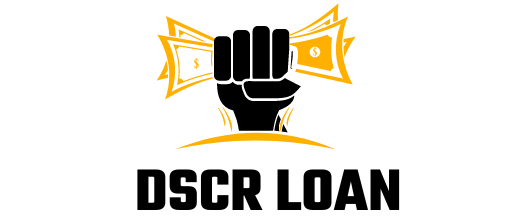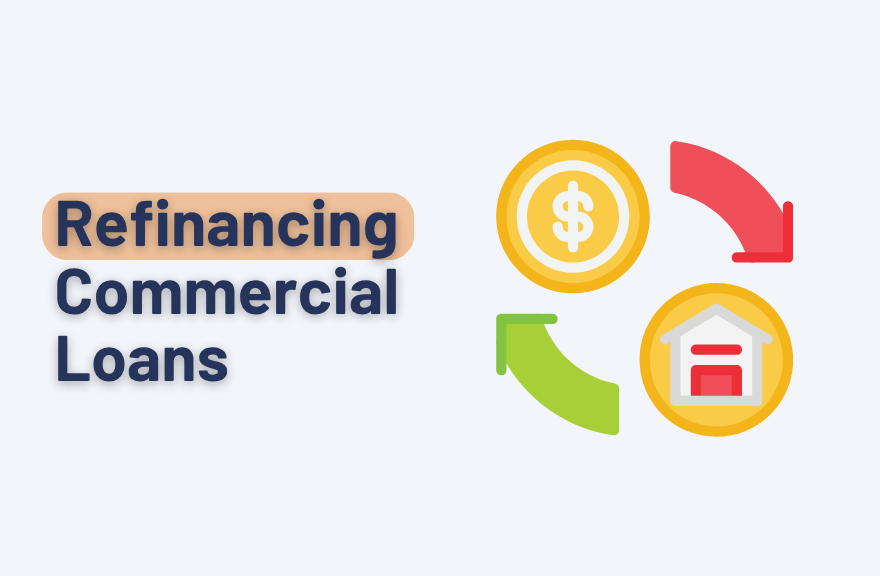Key Takeaways
- Refinancing commercial loans can lower interest costs, improve cash flow, and extend loan terms but lender criteria and market conditions matter.
- Banks and private lenders evaluate property type, loan-to-value (LTV), debt service coverage ratio (DSCR), and borrower credit when approving refinances.
- Market-wide refinancing capacity tightened after rate rises; plan for refinance risk and document strength.
- Real-world wins often come from improving asset performance, reducing LTV, or finding flexible lenders (regional banks, specialty lenders, or credit funds).
Introduction
Refinancing commercial loans is a strategic move many property owners and businesses use to reduce borrowing costs, free up cash, or extend repayment terms. Whether you own an office building, retail strip, industrial site, or multi-family property, refinancing can make sense but the process and approval criteria differ from standard mortgages. This guide explains when refinancing helps, what lenders look for, practical steps to prepare, and common pitfalls to avoid.
Why Refinance a Commercial Loan?
There are several solid reasons business owners refinance commercial debt:
- Lower interest rates to reduce monthly payments.
- Extend loan terms to improve cash flow and ease near-term pressure.
- Change loan type (fixed vs. variable) to match risk tolerance.
- Consolidate debt or pull out equity for capital expenditures or working capital.
- Fix maturing debt when current market conditions make a replacement loan attractive.
Refinancing can be powerful but remember, refinancing risk rises when market rates are higher or liquidity is constrained, so timing matters.
Who Lends for Commercial Refinance?
Lenders include:
- Large banks and private banks (e.g., J.P. Morgan) offering term and refinance programs for office, retail, industrial, and multifamily properties.
- Regional and community banks that may be more flexible on local assets.
- Mortgage bankers and CMBS markets for larger, stabilized assets.
- Private credit funds or life companies for bridge-to-perm structures.
Each lender type evaluates risk differently; regional banks may prioritize local cash flow trends, while institutional lenders emphasize asset class metrics and DSCR.
What Lenders Look For When Approving a Refinance
To increase approval odds, prepare for scrutiny in these areas:
- Loan-to-Value (LTV): Lower LTVs (e.g., ≤70–75%) improve terms.
- Debt Service Coverage Ratio (DSCR): Lenders typically want DSCR >1.25 for commercial property loans.
- Property Performance: Stable occupancy and rental income are essential.
- Borrower Credit & Experience: Strong credit, relevant experience, and clear financial statements matter.
- Market Conditions: Local market fundamentals (rent trends, vacancy) influence lender appetite.
Practical tip: run a pre-underwriting check with a loan officer to identify documentation gaps early.
Step-by-Step Refinance Process
Here’s a practical sequence to follow:
- Assess your objective lower rate, extend term, pull equity, or consolidate debt.
- Gather documents 2–3 years’ tax returns, rent rolls, leases, profit & loss statements, current loan docs, and an appraisal-ready property survey.
- Get a loan estimate approach 2–3 lenders (bank, regional lender, and a specialty lender) to compare structures.
- Underwriting and appraisal lenders will order appraisal and review underwriting metrics (LTV, DSCR).
- Loan approval and closing sign documents, pay closing costs, and complete payoff of old loans.
Case Study How One Owner Lowered Payments
Scenario: A regional retail owner had a $4M loan at a 6.8% rate, maturing in 18 months. Rising short-term rates raised refinance risk. The owner:
- Improved occupancy from 78% to 92% by re-tenanting two spaces.
- Reduced LTV by injecting $300k of sponsor equity.
- Sought multiple bids, a regional bank offered a 5.2% fixed-rate refinance with a 25-year amortization.
Result: Monthly debt service fell ~18%, freeing cash for property upgrades and tenant incentives. This shows practical levers asset performance and lower LTV that can materially improve refinance outcomes.
When Refinancing Is Hard (and Why)
Refinancing can be difficult when:
- Rates are higher than the original loan, making savings minimal.
- Loan maturities cluster in stressed markets; lenders may tighten lending standards (a documented refinance risk).
- Property fundamentals weaken (rising vacancies, falling rents).
- Large volumes of CRE loans mature within a short window, squeezing the market. For example, market analyses have shown increased refinancing pressure in recent years.
If you face these headwinds, consider options like loan modification, short-term bridge financing, or negotiating extensions with the current lender.
Costs & Trade-offs to Consider
Refinancing isn’t free. Typical costs include:
- Prepayment penalties on the existing loan (if applicable).
- Appraisal, legal, and underwriting fees (may total 1–3% of loan).
- Exit or lock fees for certain loan products.
- Higher upfront equity if the lender demands lower LTV.
Weigh these costs against expected savings (interest reduction, cash-flow improvement) and the strategic benefit (longer term, rate certainty). Use a simple break-even calculation: total refinance cost ÷ monthly savings = months to recoup. If that period aligns with your ownership horizon, refinancing usually makes sense.
Practical Tips to Improve Approval Odds
- Lower LTV before you apply: inject equity or pay down principal.
- Boost property performance: stabilize rents, shorten vacancy periods.
- Package strong documentation: professional rent rolls, recent leases, and realistic pro formas.
- Shop lenders: get offers from a regional bank, an institutional lender, and a private credit source.
- Consider partial refinancing: sometimes refinancing part of the loan reduces risk while preserving flexibility.
Conclusion
Refinancing commercial loans is a strategic tool that can unlock better cash flow, lower monthly payments, and lengthen amortization but it requires thoughtful timing and strong preparation. Lenders evaluate property fundamentals, LTV, DSCR, and borrower strength, so focus on improving those metrics before applying. In tougher markets, consider multiple lender types (regional banks, private credit, mortgage bankers) and be realistic about costs and refinance risk.
Start by collecting your financials, stabilizing property performance, and speaking with an experienced lender for example, a local commercial lender or an established bank like J.P. Morgan to compare real offers. If you prefer, use the MBA market reports to understand industry trends and time your refinance when liquidity improves.
FAQs
Can I refinance a commercial loan with low occupancy?
Yes, but approval will be tougher. Expect higher scrutiny, lower LTV, or higher rates. Improve occupancy or secure sponsor equity to strengthen your application.
How long does a commercial refinance take?
Typically 30–60+ days, longer for complex assets or CMBS loans. Faster turnaround is possible with prepared documentation and an experienced lender.
Will refinancing affect my covenant structure?
Potentially. New loans may include different covenants or reporting requirements. Review terms carefully with legal counsel.
Is it better to refinance before a loan matures?
If you can secure favorable terms, refinancing early avoids maturity stress. But weigh prepayment penalties and timing, sometimes negotiating an extension with your current lender is preferable.

Introducing Emily Parker, a seasoned professional with over 5 years of expertise in DSCR loans. With her extensive knowledge and experience in the field, Varsha has consistently demonstrated a deep understanding of DSCR loan intricacies and a proven track record of delivering successful outcomes for her clients.

